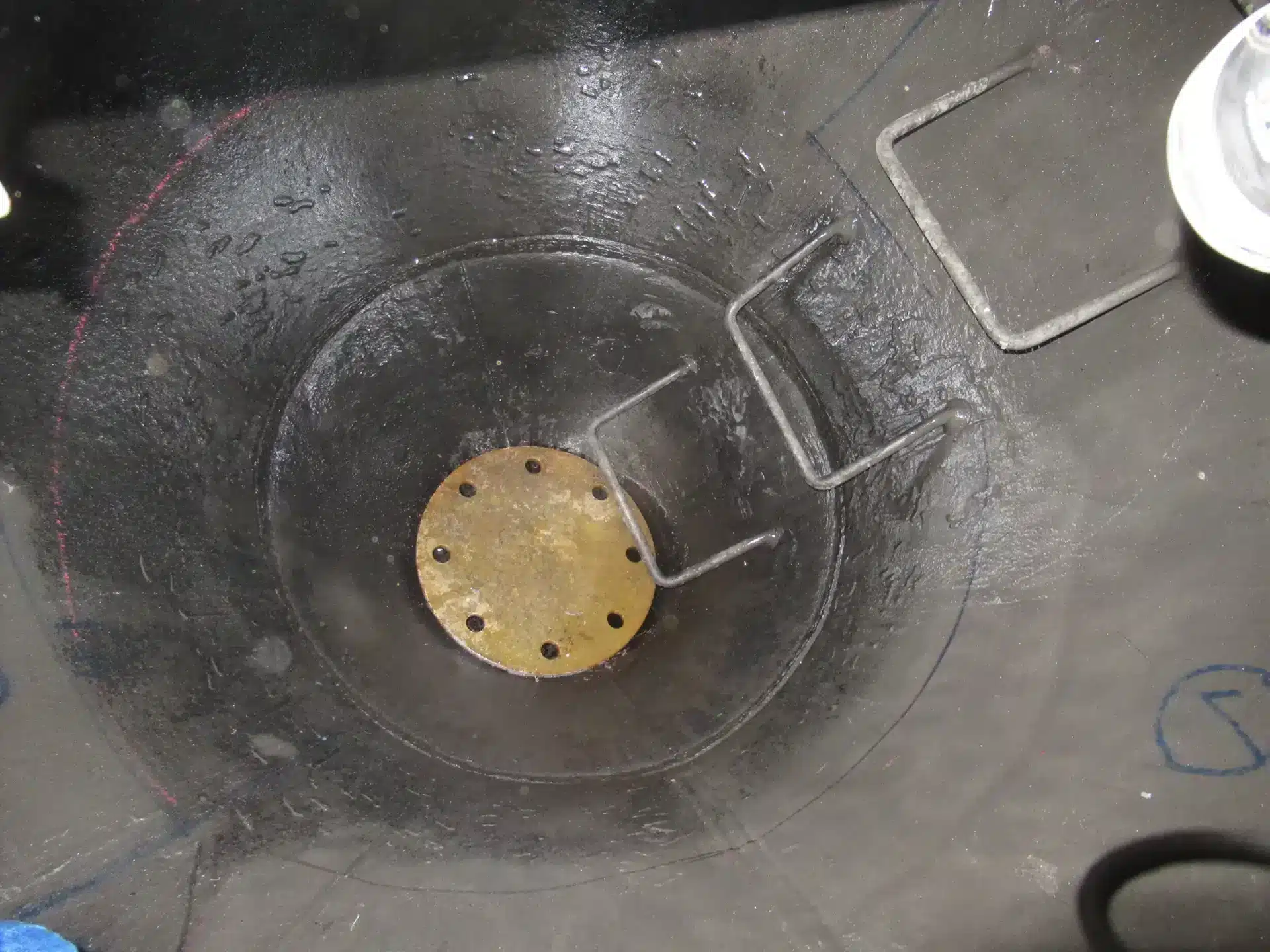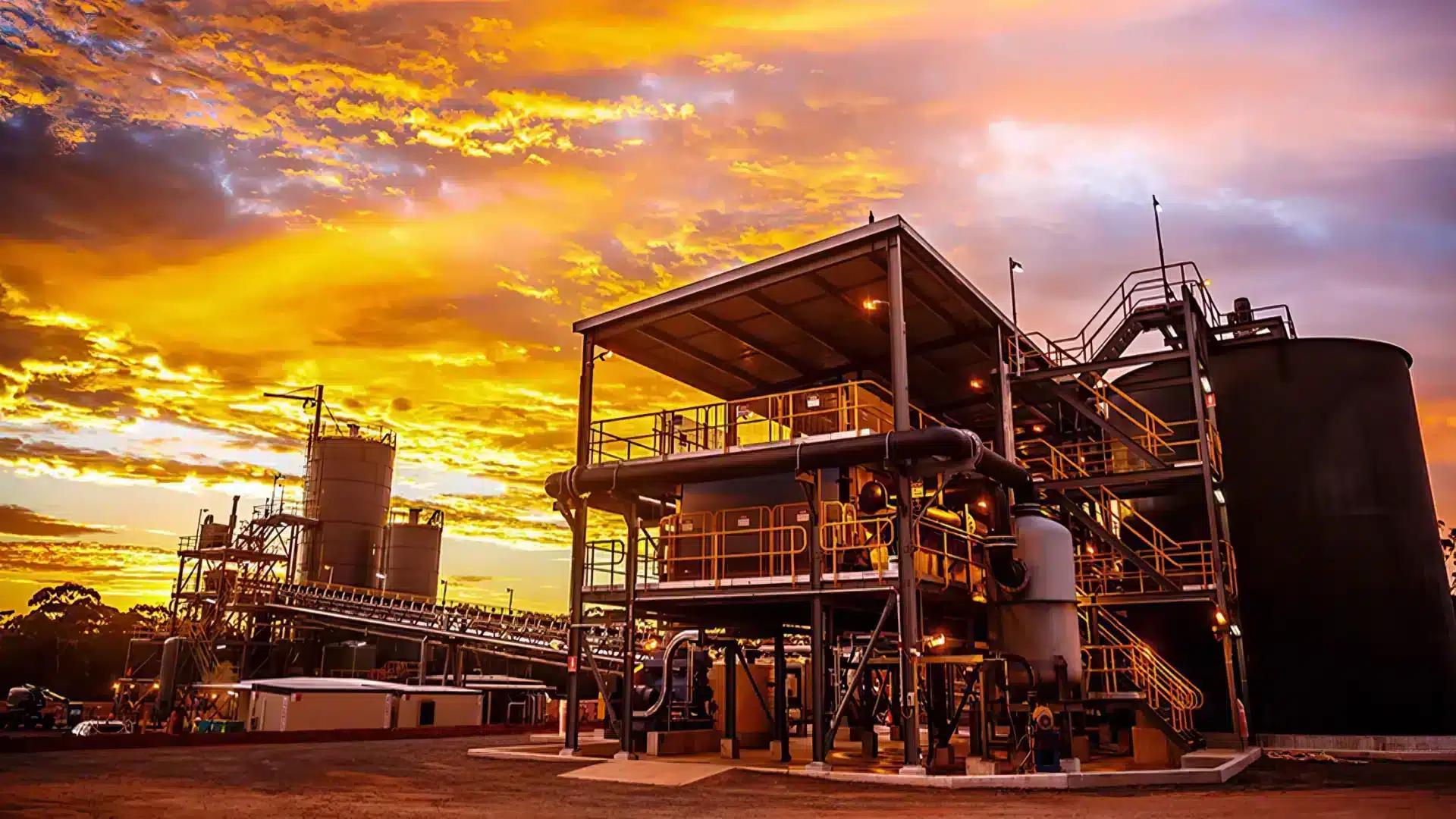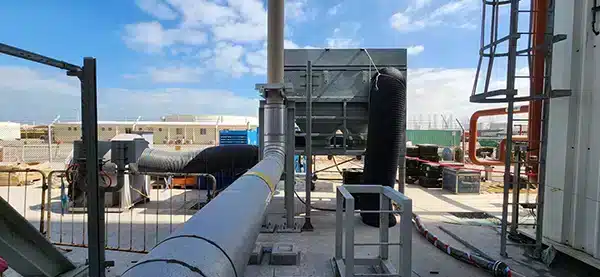Preventing Pitting Corrosion in Pressure Vessels
How to Prevent and Repair Pitting Corrosion in Pressure Vessels
Pitting corrosion is a localized form of corrosion that leads to the creation of small holes, or “pits,” in metal surfaces. This phenomenon is particularly prevalent in pressure vessels and process vessels, as it can cause unexpected failures, leading to operational downtime and significant repair costs. Understanding the causes of pitting corrosion and implementing effective mitigation strategies are crucial for maintaining the integrity and longevity of process equipment.
Understanding Pitting Corrosion
Pitting corrosion occurs when protective oxide layers on metals, such as carbon steel and stainless steel, are compromised. This compromise can result from various factors, including exposure to chlorides, mechanical damage, or chemical attack. Once the protective layer is breached, localized anodic sites form, leading to accelerated metal wastage in these areas. Over time, these pits can penetrate deep into the metal, compromising structural integrity.
Common Causes of Pitting Corrosion in Pressure Vessels
- Chloride Ions: Chlorides are particularly aggressive in breaking down passive films on stainless steel, making them susceptible to pitting.
- Stagnant Conditions: Areas with low flow rates can accumulate corrosive agents, increasing the risk of pitting.
- Crevices: Gaps and joints can trap corrosive substances, leading to crevice corrosion, which often accompanies pitting.
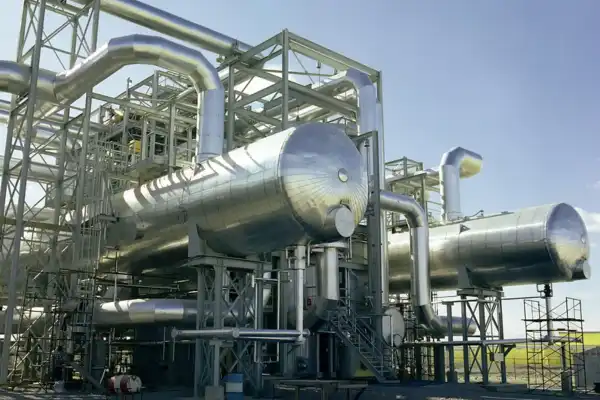
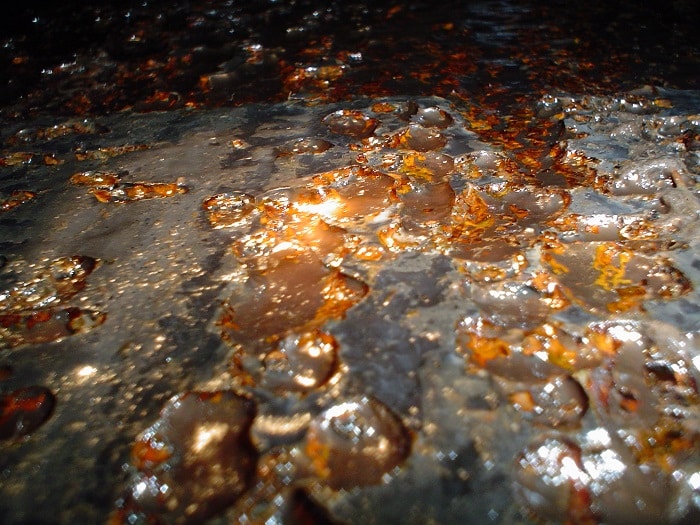
Preventing Pitting and Crevice Corrosion
To mitigate the risks associated with pitting and crevice corrosion, consider the following strategies:
- Material Selection: Opt for alloys with higher pitting resistance equivalent numbers (PREN). For instance, selecting stainless steels with appropriate pitting corrosion resistance can enhance durability.
- Protective Claddings: Applying uniform protective claddings can act as a barrier against corrosive agents. However, it’s essential to ensure the cladding is applied by trained professionals, as imperfections can become initiation sites for pitting.
- Regular Maintenance and Inspection: Conduct routine inspections to detect early signs of pitting and address them promptly.
High Velocity Thermal Spray (HVTS) for Pitting Corrosion Prevention
One of the most effective methods for preventing pitting corrosion in pressure vessels is the application of HVTS – High Velocity Thermal Spray coatings. HVTS involves the deposition of a corrosion-resistant alloy onto the vessel’s surface, creating a dense, well-adhered cladding that serves as a robust barrier against corrosive and high-temperature environments.
Incorporating HVTS claddings into your maintenance strategy not only prevents pitting corrosion but also enhances the overall reliability and lifespan of pressure vessels and process equipment. By proactively addressing corrosion concerns with advanced solutions like HVTS, industries can ensure safer operations and reduce long-term maintenance costs.
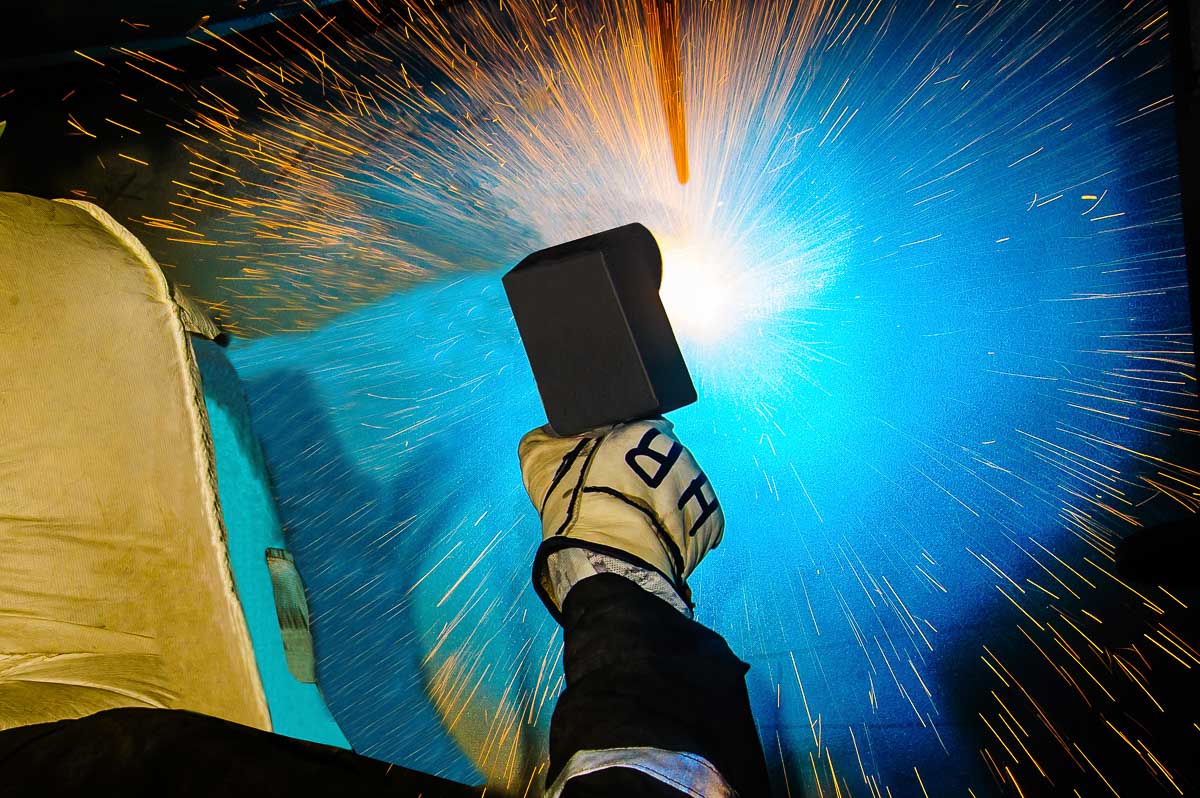
Benefits of HVTS Claddings
- Durability: HVTS claddings are known for their high density and strong adhesion, resulting in improved wear and corrosion resistance.
- Application Versatility: HVTS can be applied to complex geometries and large surface areas, making it suitable for various industrial applications.
- Minimal Downtime: The HVTS process allows for quick application, reducing operational downtime during maintenance.
- Long-Term Protection: By upgrading existing metallurgy to higher alloys, HVTS acts as a corrosion/erosion barrier, extending the life of existing equipment.
For a more in-depth understanding of the benefits of High Velocity Thermal Spray in preventing process and pressure vessel corrosion, you might find the following video informative:
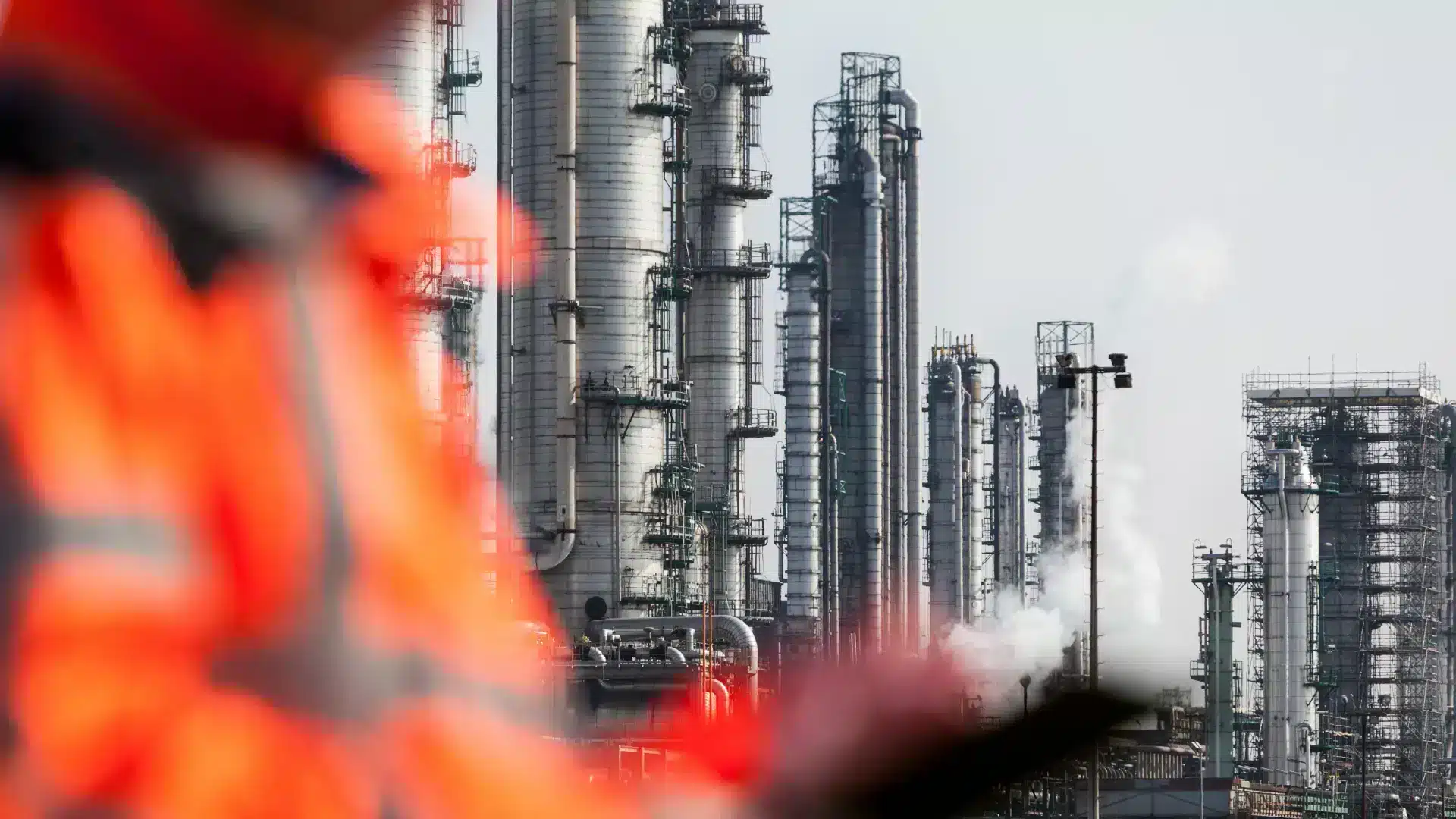
IGS – 40 Years of Expertise Delivered Across the Globe
With over 40 years of industry experience and a track record of delivering more than 500 projects annually across the globe, IGS stands as the premier provider of surface protection solutions.
IGS has protected surfaces across 30 countries on 6 continents through strategically located operational hubs, subsidiaries, and sales offices worldwide. The primary aim is delivering exceptional service to energy, power, and industrial clients facing critical surface engineering challenges. IGS has established itself as the most trusted partner for mission-critical asset protection among the world’s leading industrial organizations.

